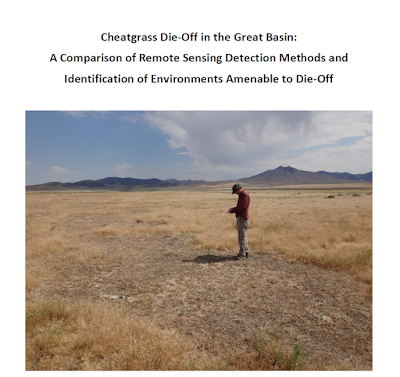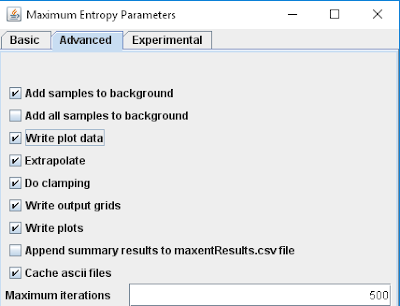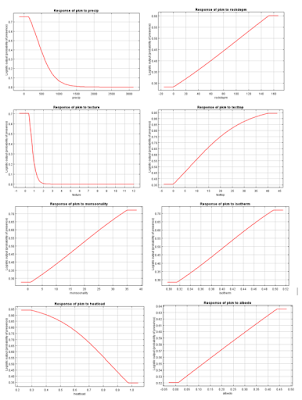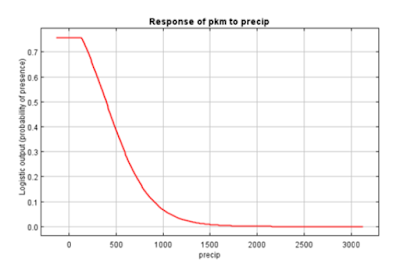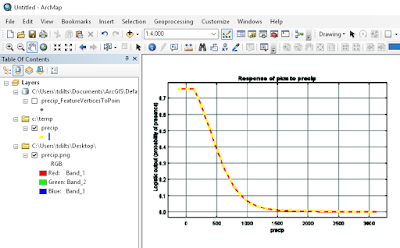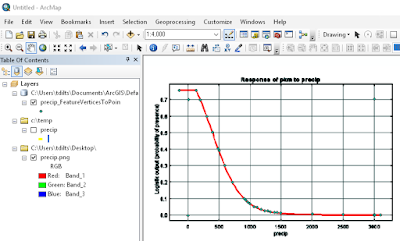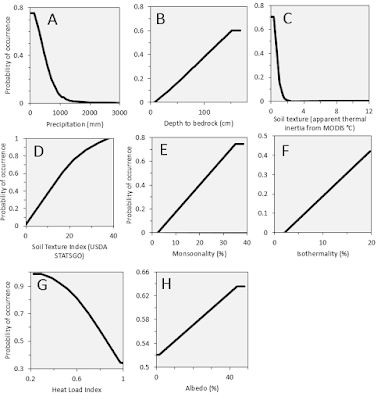 Many of us who were around pre-2010 were used to working extensively in ArcCatalog to organize and preview our data. Some of us fondly remember the preview tab, because we could quickly get a visual of our data without the need for pulling it into a map document. ArcCatalog is still a useful tool, especially for working with metadata, buts its usefulness has been greatly diminished ever since the catalog window was added to ArcMap. Integration of the catalog window into ArcMap was a super logical and useful step, however it left me wondering if I can still preview my data without the need for loading the data into ArcMap and possibly doing time consuming things like building pyramids and raster attribute tables. In the old days this was accomplished simply by clicking on the Preview tab as in the screenshot to the left.
Many of us who were around pre-2010 were used to working extensively in ArcCatalog to organize and preview our data. Some of us fondly remember the preview tab, because we could quickly get a visual of our data without the need for pulling it into a map document. ArcCatalog is still a useful tool, especially for working with metadata, buts its usefulness has been greatly diminished ever since the catalog window was added to ArcMap. Integration of the catalog window into ArcMap was a super logical and useful step, however it left me wondering if I can still preview my data without the need for loading the data into ArcMap and possibly doing time consuming things like building pyramids and raster attribute tables. In the old days this was accomplished simply by clicking on the Preview tab as in the screenshot to the left.I recently discovered that this is also an option in ArcMap, it just takes one extra step to get to this same preview. In the catalog window I right-click on the dataset that I'm interested in. Then I select Item Description. I've been accustomed to using this to edit metadata. However, just recently I took the extra second to click on the Preview tab to get that old-fashioned preview that I've always loved. Like the old Preview tab in ArcCatalog this one also has a button for creating a thumbnail so that you can get an even quicker visual snapshot embedded within your metadata.





